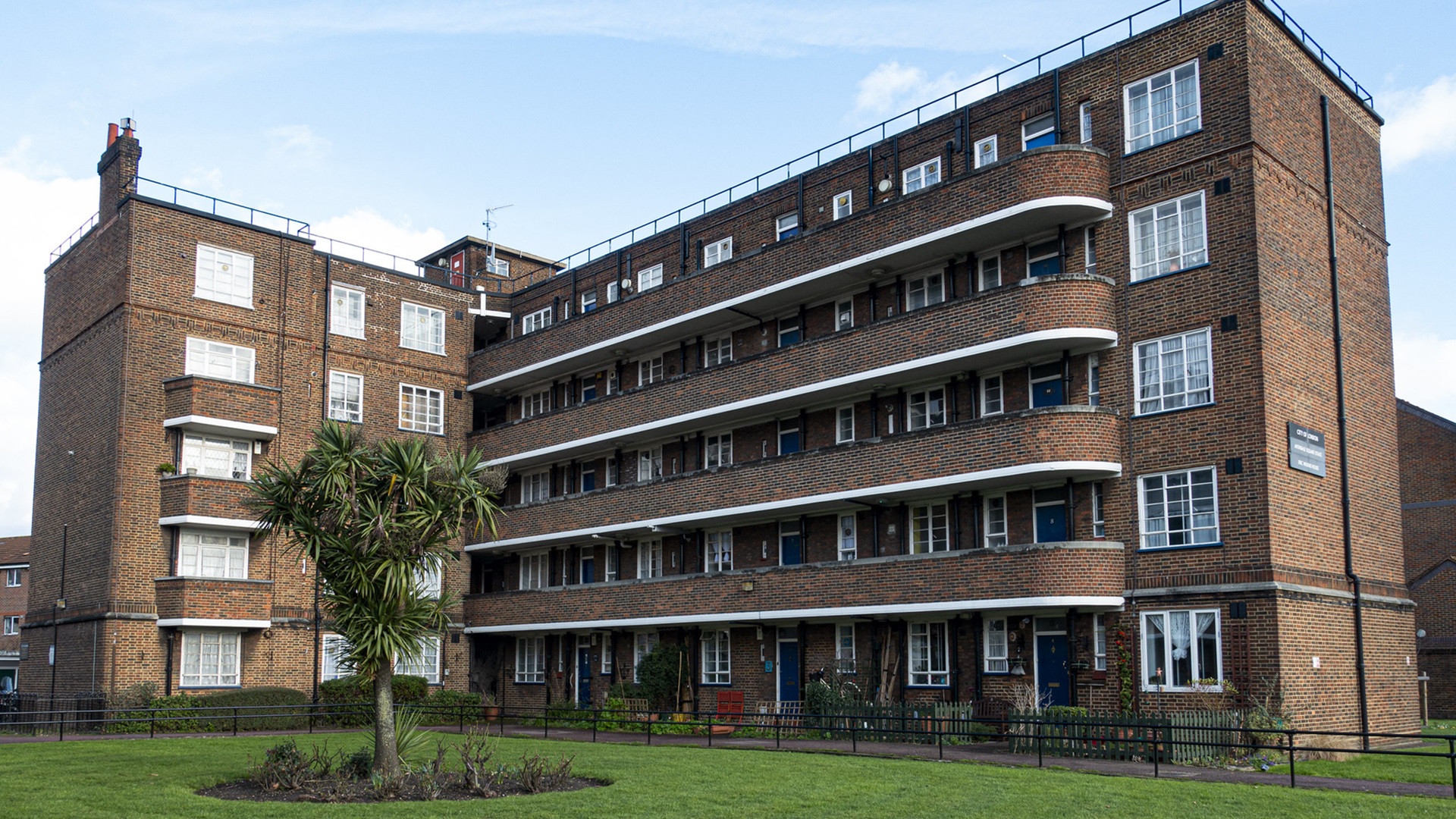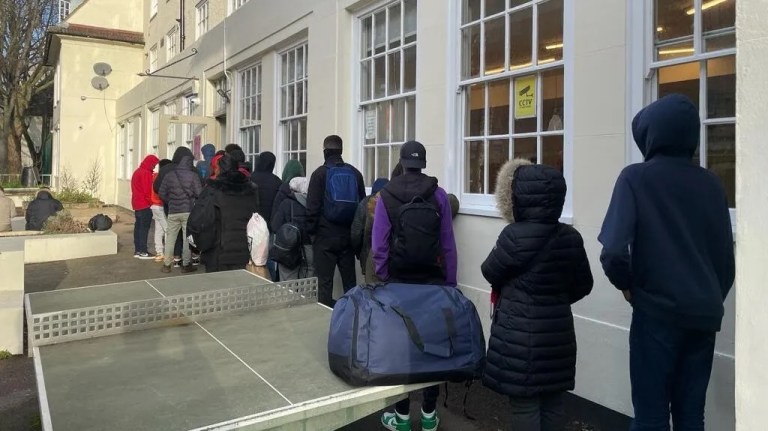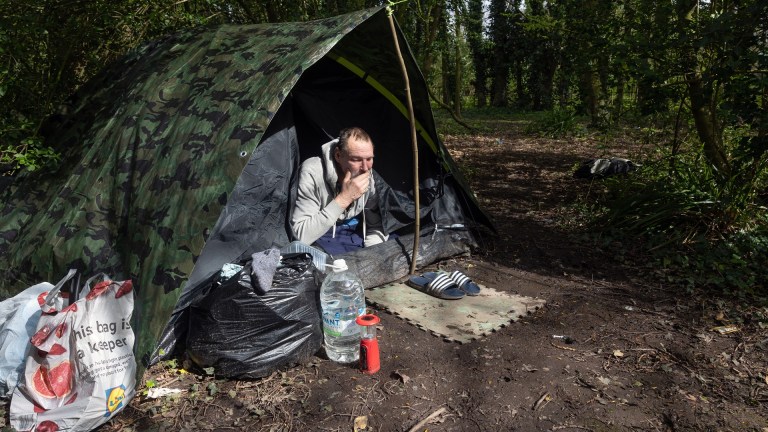The number of social renters has almost halved from 31% of English households in 1980 to 16% in 2022-23, according to the English Housing Survey.
There are also more than 1.2 million households on a social housing waiting list in England. Social homes are so scarce in parts of the country that in one London borough the wait for a home could take up to 55 years.
The number of social homes sold off to private landlords is particularly high in Brighton where 86% of homes sold are being privately rented. Milton Keynes has seen almost three-quarters of homes sold off to private landlords while in Dover that ratio is 59%.
The Right to Buy scheme was originally intended to boost homeownership. But the think tank’s research shows there was a broadly similar number of additional homes sold under right to buy (119,000) as there were additional former council homes now being let privately (109,000) between 2014/15 and 2022/23.
NEF researchers said tenants who would have previously lived in more affordable social homes are now pushed into the private rented sector where housing is more expensive, insecure and more likely to be of poorer quality.
Conor O’Shea, policy and public affairs manager at Generation Rent, said: “It is no surprise that the haemorrhaging of homes from the social sector to the hands of private landlords has been a failure for those who actually live there. More than a million households are waiting for a council home, while paying much higher rents to private landlords, often for homes in a much poorer condition than they’d have in social housing.
Advertising helps fund Big Issue’s mission to end poverty
“In order to address the crisis in renting, we must keep homes in the social sector, and give councils the ability to build many more, to properly cater for the needs of the people who desperately need affordable and safe homes that are not being provided by private landlords.”
NEF’s uncovered the figures through Freedom of Information Act requests to local authorities the number of sold homes where the council retains the freehold and the leaseholder has requested permission to sub-let the lease.
Researchers said the statistics are considered an “underestimate” as they do not account for sold freehold homes now being let or leasehold right to buy homes where the leaseholder is letting the property without the permission of the freeholder.
The think tank is calling for Westminster to devolve powers to local councils to give them the right to suspend Right to Buy where it can be demonstrated that it is contributing to affordable housing shortages.
Powers to end the right to buy for newly built or acquired homes and prevent sold off homes to be let in the private rented sector should also be introduced as well as reducing discounts..
Treasury rules should be amended to make it easier for councils to use funds from sold homes to build replacement council homes.
Advertising helps fund Big Issue’s mission to end poverty
Jeremy Hunt announced councils would not be able to retain 100% of receipts from Right to Buy at the last Budget, making it harder for councils to build social housing.
The decision in the last Budget to remove councils’ ability to retain 100% of receipts from Right to Buy has further squeezed funding at a time when both need and costs are growing.
Big Issue is demanding an end to poverty this general election. Will you sign our open letter to party leaders?
A Department for Levelling Up, Housing and Communities spokesperson said: “Right to Buy has helped over two million social housing tenants to become homeowners. Local authorities can use money from sales and preferential borrowing rates to build new homes. Through our long-term plan for housing we are building the homes the country needs – with over 696,100 new affordable homes, including 172,600 for social rent, built since 2010.”
Big Issue Group’s blueprint for change called on Rishi Sunak, Keir Starmer and other leaders to commit to building more social housing earlier this week.
The plea came as MPs from the Levelling Up, Housing and Communities Committee warned the future of social housing looked “bleak” with little chance of building the 90,000 social rent homes a year needed to deal with chronic shortages.
Advertising helps fund Big Issue’s mission to end poverty










